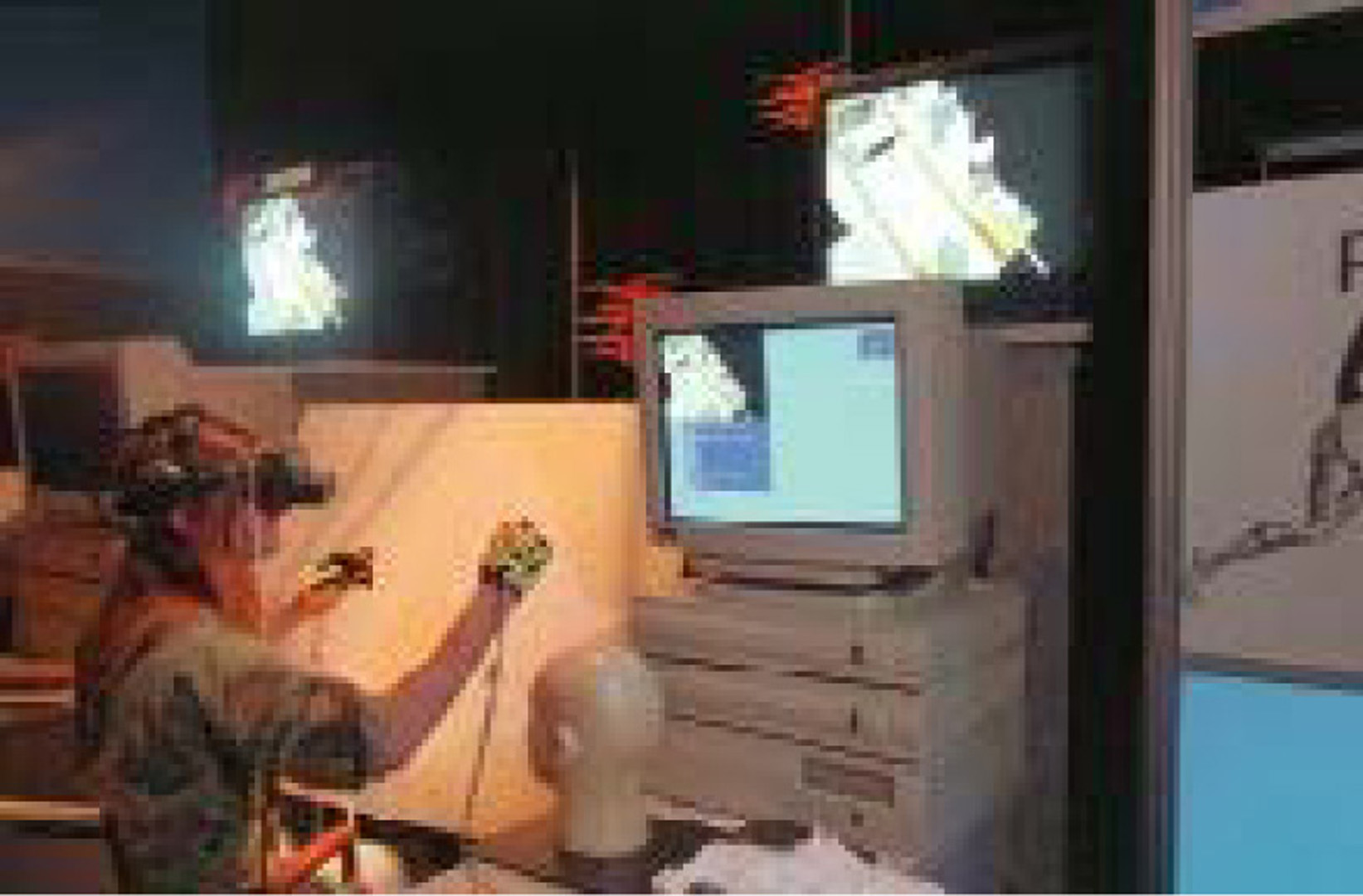“K-12 and Industry Partnering” by Scheetz, Cotton, Comolli and Stapleton
Conference:
Type(s):
Title:
- K-12 and Industry Partnering
Presenter(s)/Author(s):
Moderator(s):
Abstract:
Professional animators and digital effects artists and companies often work with high school teachers to explore relationships that can be developed and maintained between high schools and industry. The goals of this panel are to make more educators aware of the on-line and in person mentoring, sharing, and peer training that can occur in graphics, animation and related fields for 1) improving curricula and integrated technologies, 2) creating or furthering personal student interest or as a career vehicle and foundation, and 3) encouraging teachers to become involved in, and comfortable with, the new media.
When Josh Spector wrote “Studios drawn to CGI features” for the Hollywood Reporter [January 2, 2002], he noted the studios™ big interest in animation and computer graphics based on Shrek, Monsters, Inc. and the realization that there were audiences for the non-Disney animated feature. Youth of all ages, as well as adults, not only enjoy CGI, but can also create it themselves with the current technology on home computers.
Today’s high school students, with the current technology available in home machines, are able to create products comparable to that of professionals, using computer technology that was very expensive just a few years ago. Although many students do not have access to the Internet or recent computer technology, those that do are producing programs for the Internet, their schools, and even, for sales. To gain and maintain the skill, one must practice. To give every child an even chance, the technology must be made available through education. Ideally, students would be given or lent computers with appropriate software for their classes, skills and academic or hobby interests.
In order to do that, administrators and teachers today must first recognize the convergence of electronic media, information technology, communication, and entertainment. Then plans must be made or programs adapted to further the educational needs and foundations of the student (at any age).
Therefore, it is imperative that teachers and administrators integrate 21st century technology into the curricula. However, we are sometimes afraid or hesitant to make changes we do not thoroughly understand, much less that are new to us. Many of today’s educators are nearing retirement and there is a growing shortage of teachers. There is usually a shortage of funds in public education, too. Schools, therefore, often fall behind in the technology learning curve. New and exciting curriculum may be welcomed with open arms and with great desire but a lack of resources, combined with fear and trepidation by the very people who must learn and teach it, may negate its implementation.






